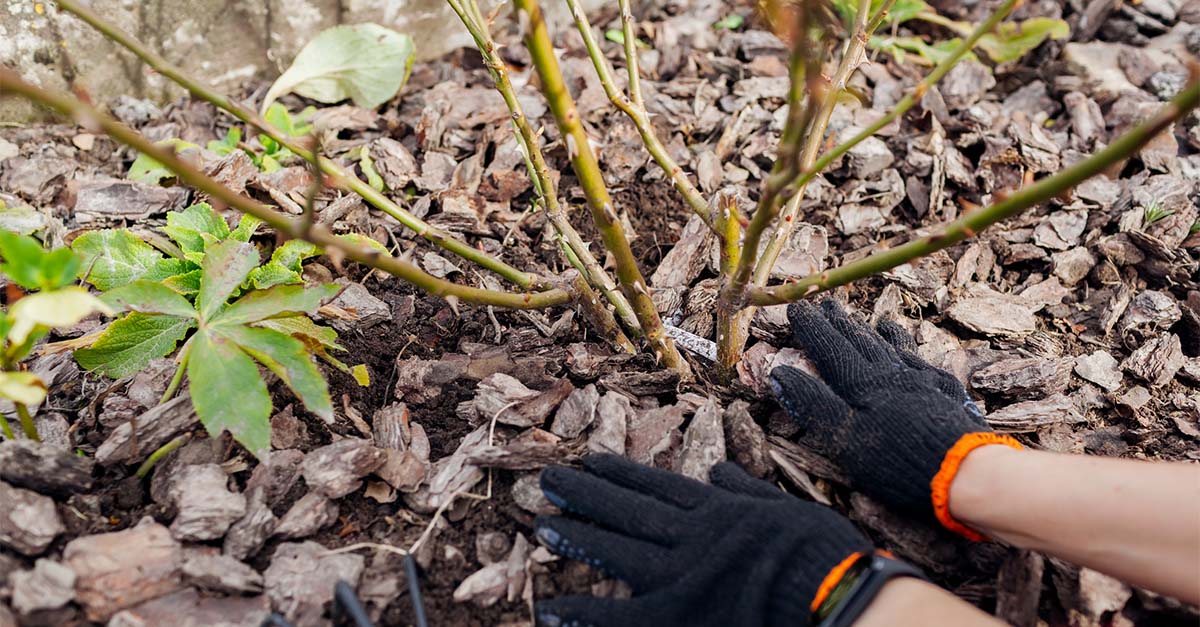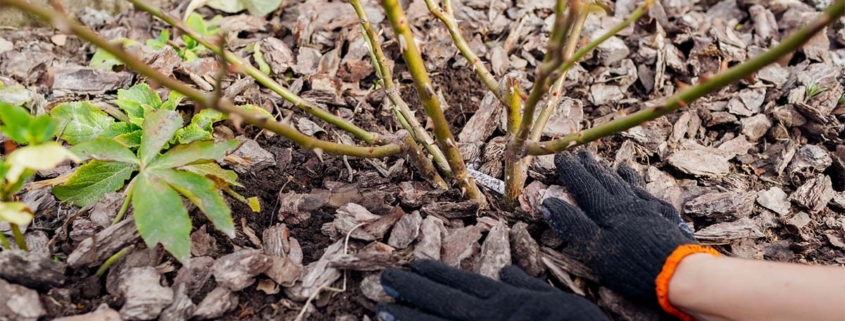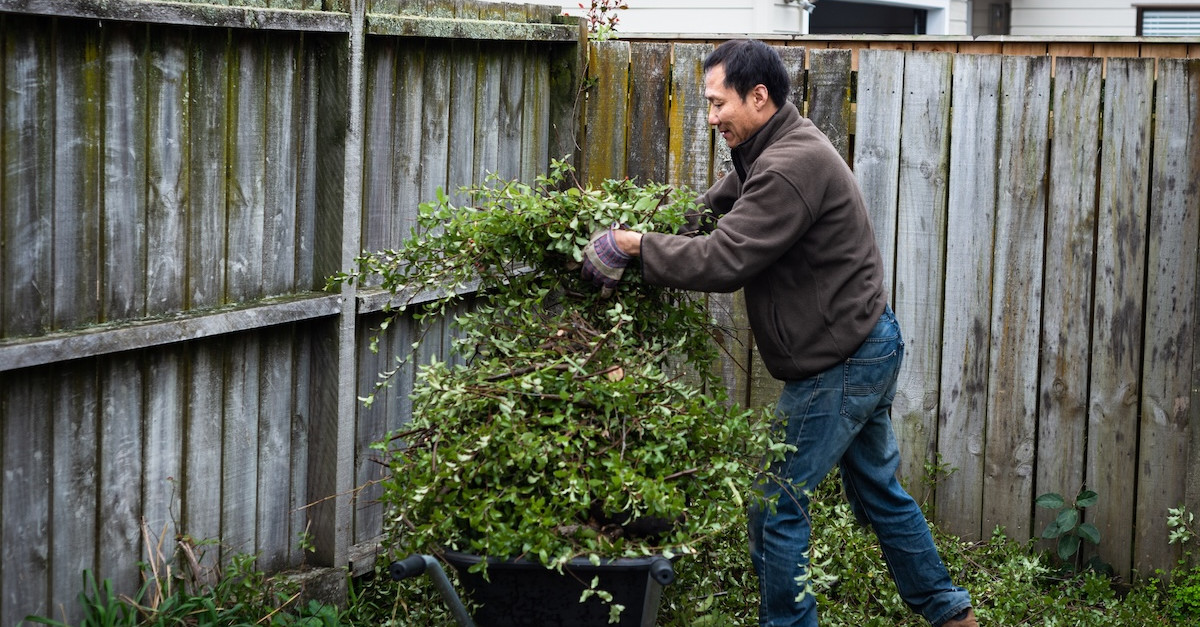Fall Tree Care To-Do List
Many trees go dormant in the winter, offering a reprieve from rapid spring and summer growth — not to mention the upkeep that comes with it. But before maintenance falls to a minimum, there are a few to-dos you’ll want to tackle to ensure your trees come back as healthy as possible next year. Use the following checklist to prepare your property for the cool season.
Five Fall Tree Care Tips
1. Straighten & Support
While mature trees are usually strong enough to survive storms, young saplings may need some extra support to withstand winter weather. Now is also the time to address any leans in young trees by straightening their trunk during early growth. The solution for both these issues is support anchoring. Before the season ends, implement a stake and rope system to support your tree’s trunk or encourage linear growth.
2. Ease Up on Irrigation
Small trees and shrubs need more water in warm weather, but sticking to the same watering pattern through the winter could lead to flooded soil. For foliage that goes dormant, less supplemental water will be needed because moisture from the soil won’t evaporate as quickly. You’ll therefore want to cut back on watering by altering your irrigation schedule so the soil stays moist, but never floods.
One exception would be your evergreens; since these species won’t go dormant, the water loss they experience during winter can be dangerous to their health. Help them hydrate before freezing temps set in by giving them a deep, weekly watering, which can also help prevent winter burn.
3. Clean It Up
A fall lawn cleanup can feel like a significant undertaking, but becomes more approachable when broken up into a couple of smaller tasks.
Start by trimming your shrubs and trees first. Prune dead or diseased branches before they fall during winter storms. For any large or inaccessible branches, enlist the help of our arborists, who can perform professional tree trimming while keeping your home and property safe.
When most of your trees have dropped their leaves, rake them into piles. Leaf removal can be time-consuming, but it’s important for keeping your lawn healthy and preventing mold development. Gather them onto a plastic tarp to make removal easier. As an added bonus, dead leaves are the perfect material for composting, which can be added to your shrub beds and gardens next fall. Just be sure to flip the leaves monthly for aeration.
4. Protect with Mulch
We’ve hailed the praises of mulch in the past, but we’d be remiss not to mention it in your fall tree care checklist. As a reminder, mulch holds the following merits:
- Insulation
- Locks in hydration
- Weed prevention
- Protection against lawn equipment
We advise applying a two- to four-inch-thick layer of mulch, three to ten feet around your trees and shrubs. Leave a small space around trunks to allow airflow. While mulch can be made from many materials, a nutrient-rich variety will deliver the greatest benefits to your plants.
5. Perform a Visual Check
After you’ve pruned your trees and their leaves have dropped, hidden hazards may reveal themselves. Now is a good time to inspect your trees for signs of pests, decay, and other risks. If something looks off, don’t hesitate to get a professional opinion before winter’s arrival.
Schedule a Tree Care Assessment With Premier Tree Solutions
From tree assessments to professional pruning, Premier Tree Solutions can assist you with many fall tree care tasks. Schedule an appointment by calling 404.252.6448, or contact us online.
As an Amazon Associate, Premier Tree Solutions earns from qualifying purchases.










